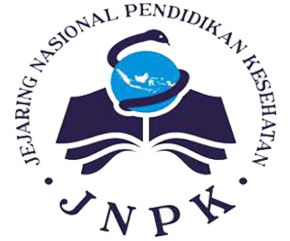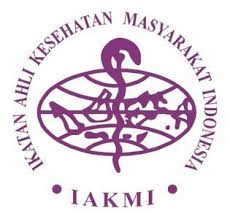Penerapan Simulasi Evakuasi Kebakaran di Sekolah Luar Biasa
Abstract
ABSTRAK
Diseluruh dunia hanya 20% penyandang disabilitas bisa menyelamatkan diri, dan di Indoneisa sendiri diperkirakan jumlah anak–anak disabilitas dari usia 2–17 tahun sebanyak 1.904.298 atau 2,52% dari total populasi usia 2-17 tahun.Tujuan penelitian ini untuk mengetahui peningkatan pengetahuan dan sikap siswa SLB Negeri Semarang sebelum dan sesudah diberi simulasi evakuasi kebakaran.Jenis penelitian ini kuantitatif pre-eksperimental dengan desain one group pretest–postest. Penelitian ini dilaksanakan bulan Januari–Febuari di SLB Negeri Semarang. Teknik pengambilan sampling dengan Probability Samplingdan teknik sampel Disproportionate Startified Random Sampling. Populasi sebanyak 545 siswa dan sampel minimal 85 siswa dan penambahan 20% untuk drop out. Instrumen yang digunakan kuesioner pre tes-pos tes dengan analisi data menggunakan uji paired T tes dan Wilcoxon. Hasil penelitian menunjukan bahwa siswa SDLB, SMPLB, SMALB A,B,C,D mengalami peningkatan signifikan antara pengetahuan dan sikap sebelum dan sesudah diberi simulasi evakuasi kebakaran. Tidak mengalami peningkatan signifikan antara pengetahuan dan sikap pada siswa SMPLB-B.
ABSTRACT
Around the world only 20% of people with disabilities can save themselves, and in Indonesia alone it is estimated that the number of children with disabilities from the age of 2-17 years is 1,904,298 or 2.52% of the total population aged 2-17 years. The purpose of this study is to find out increased knowledge and attitudes of Semarang State SLB students before and after being given a fire evacuation simulation. This type of research is quantitative pre-experimental with one group pretest-posttest design. This research was conducted in January-February in Semarang State SLB. Sampling technique with Probability Sampling and Disproportionate Startified Random Sampling technique. The population was 545 students and the sample was a minimum of 85 students and an additional 20% to drop out. The instrument used was a pre-test post-test questionnaire with data analysis using the paired T test and Wilcoxon. The results showed that SDLB, SMPLB, SMALB A, B, C, D students experienced a significant increase in knowledge and attitudes before and after being given a fire evacuation simulation. Did not experience a significant increase between knowledge and attitudes in SMPLB-B students.




